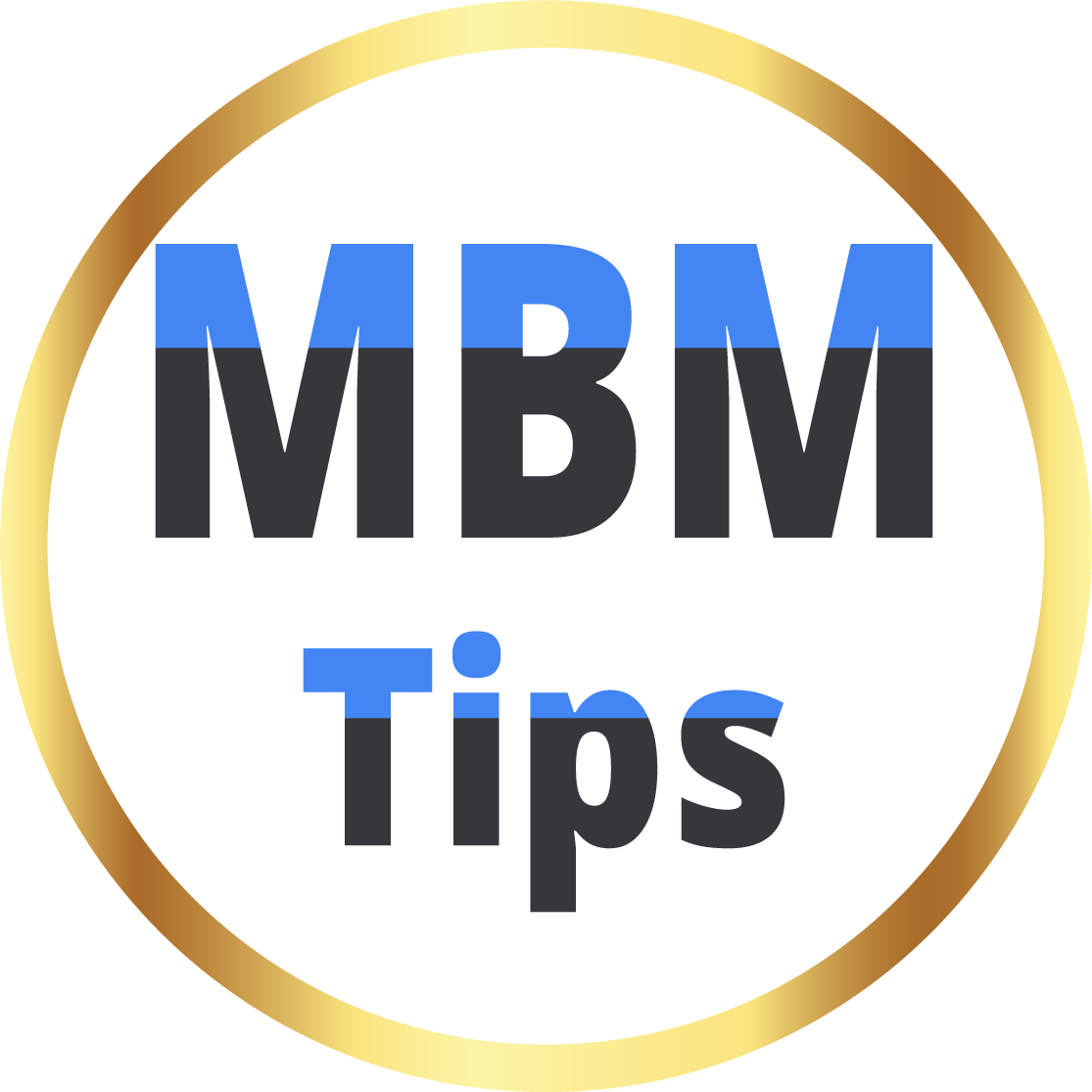Elon Musk Announces Successful Implantation of Wireless Brain Chip by Neuralink
Overview of Neuralink's recent developments
The FDA Approval
Significance of FDA approval for testing on humans
The Six-Year Study
Details of the ongoing six-year study
Neuralink's Innovative Approach
Description of the surgical process and the use of flexible threads
Wireless Technology
How the experimental implant records and transmits brain signals wirelessly
Telepathy: Neuralink's First Product
Elon Musk's announcement on X about the groundbreaking product
Target Users
Initial users and the potential impact on those with limb loss
Comparison with Rival Companies
Brief overview of competitors in the brain-computer interface field
Precision Neuroscience
Introduction to Precision Neuroscience and its goals
Implant Design
Contrasting the design of Precision Neuroscience's implant with Neuralink's
Simpler Procedure
Highlighting the simplicity of the "cranial micro-slit" procedure
Existing Devices' Success
Mentioning the success of existing brain-computer interface devices
Future Implications
Discussing the potential impact on communication for those with paralysis
Rivalry in the Field
Elon Musk's competition with companies like Blackrock Neurotech
Conclusion
Summarizing the key points and the future of brain-computer interface technology
Neuralink's Stride Towards Brain-Computer Connectivity
Introduction
In a groundbreaking leap towards merging human brains with computers, Neuralink, a company co-founded by Elon Musk, has achieved promising initial results. Recent reports suggest that the experimental implant, designed to connect human brains to computers, has detected encouraging neuron spikes or nerve impulses in patients, leading to successful recovery.
The FDA Approval
The Food and Drug Administration (FDA) granted Neuralink permission to test the chip on humans in May, marking a critical milestone for the company.
The Six-Year Study
This extensive study aims to explore the capabilities of Neuralink's technology. The threads, powered by a wirelessly rechargeable battery, facilitate the recording and transmission of brain signals to an app. This app decodes the user's intentions related to movement, showcasing the potential for groundbreaking advancements in neurotechnology.
Neuralink's Innovative Approach
One of the distinguishing features of Neuralink's approach is the innovative use of flexible threads. These threads are delicately placed on the brain's surface, allowing for precise recording and transmission of neural signals. The surgical process, though intricate, reflects the company's commitment to advancing the field.
Wireless Technology
The wireless aspect of Neuralink's experimental implant adds an extra layer of convenience. By enabling brain signals to be recorded and transmitted wirelessly to a decoding app, the technology promises a seamless integration of the human mind with external devices.
Telepathy: Neuralink's First Product
Elon Musk, the visionary behind Neuralink, recently announced the company's first product – Telepathy. Described on Musk's social media platform, X (formerly Twitter), Telepathy is poised to revolutionize how individuals interact with technology. Musk envisions a world where one can control their phone, computer, and other devices simply by thinking.
Target Users
The initial focus of Telepathy is directed towards individuals who have lost the use of their limbs. Musk draws a compelling parallel, suggesting that the technology could empower individuals like Stephen Hawking to communicate at unprecedented speeds, surpassing traditional methods.
Comparison with Rival Companies
While Neuralink's strides in neurotechnology are significant, the field is not without competition. Rival companies, some with a history dating back two decades, have also made notable progress. Blackrock Neurotech, based in Utah, implanted its first brain-computer interface in 2004, establishing itself as a key player in the industry.
Precision Neuroscience
Precision Neuroscience, formed by a Neuralink co-founder, stands as another contender in the race to enhance neurotechnology. The company's unique implant design resembles a thin piece of tape on the brain's surface. What sets it apart is the simpler procedure it offers, involving a "cranial micro-slit."
Implant Design
The design of Precision Neuroscience's implant contrasts with Neuralink's, emphasizing simplicity. The thin, tape-like structure and the straightforward implantation process highlight a different approach to achieving brain-computer connectivity.
Simpler Procedure
Precision Neuroscience's emphasis on a "cranial micro-slit" procedure is noteworthy. This simpler method of implantation could potentially streamline the process, making neurotechnology more accessible and reducing the complexity associated with surgical interventions.
Existing Devices' Success
Existing devices in the neurotechnology landscape have demonstrated success in recent scientific studies. Implants have been used to monitor brain activity during speech attempts, providing valuable insights that can be decoded to aid communication. These achievements underscore the potential of brain-computer interfaces in improving the lives of individuals with neurological conditions.
Future Implications
Looking ahead, the implications of Neuralink's technology and its competitors are vast. The prospect of enabling individuals with paralysis to communicate more effectively represents a paradigm shift in the field of neurotechnology. The combination of innovative designs, wireless capabilities, and simpler procedures opens doors to transformative possibilities.
Rivalry in the Field
Despite Neuralink's prominence, Elon Musk faces competition from established companies like Blackrock Neurotech and emerging players like Precision Neuroscience. The landscape of brain-computer interface technology is dynamic, with each company striving to push the boundaries of what's achievable in the realm of neuroengineering.
Conclusion
In conclusion, Neuralink's recent achievements in connecting human brains to computers mark a significant step forward in neurotechnology. The ongoing study, innovative approaches, and the announcement of Telepathy showcase the company's commitment to pushing the boundaries of what's possible. As the field evolves, the competition with rival companies and the collective pursuit of enhancing brain-computer connectivity promise a future where individuals with neurological conditions can experience unprecedented levels of communication and control.
ilhan omar jorge polanco neuralink neuralink implant neuralink stock neurolink elon musk neuralink what is neuralink neuralink human trials nueralink what does neuralink do


